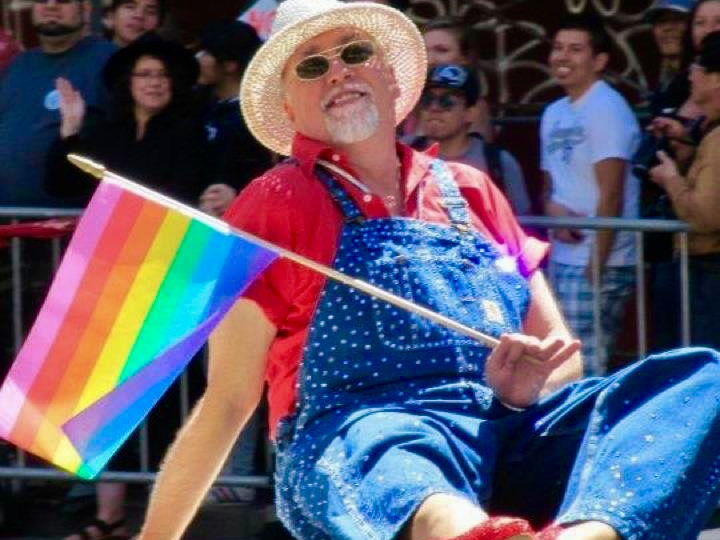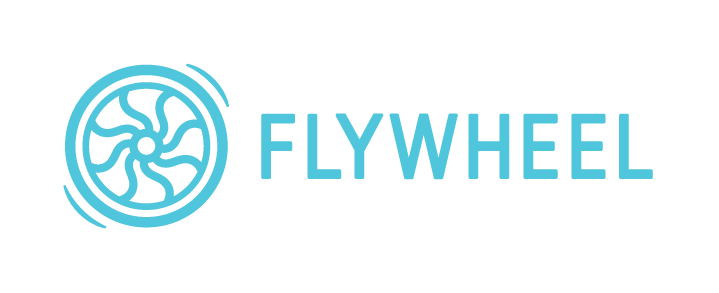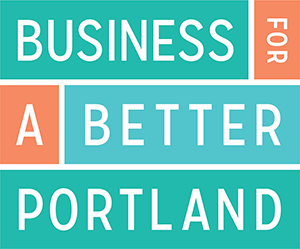When you spot a rainbow flag when you’re out and about (pun very much intended), you might safely assume you’re in the midst of LGBTQ community. However, have you stopped to consider how the rainbow became the ubiquitous symbol for pride?
A self-described “geeky kid from Kansas,” Gilbert Baker made his way to San Francisco in 1970 after an honorable discharge from the US Army. He dreamed of becoming an artist, and began channeling his energies into sewing, creating handmade versions of fabulous outfits he wanted but was unable to buy. Baker also used his skills to create banners for anti-war and pro-gay marches.
His activism in the gay community brought him into contact with community organizer Harvey Milk. When Milk was elected to the San Francisco Board of Supervisors in 1978 (the first openly gay person elected to office in California), he encouraged Baker to envision a new symbol of pride for the gay community. Inspired by the 1976 bicentennial and seeing the American flag everywhere, Baker thought it best to create something similar.
“Raising it up and seeing it there blowing in the wind for everyone to see. It completely astounded me that people just got it, in an instant like a bolt of lightning – that this was their flag. It belonged to all of us.”
The first rainbow flag saw its debut on June 25, 1978, at San Francisco’s Gay Pride Day celebration. Its first iteration had eight stripes, each hand-dyed and sewn together by Baker and a group of friends: pink stood for sexuality, red for life, orange for healing, yellow for the sun, green for nature, turquoise blue for art, indigo for harmony and violet for spirit.
When he saw hundreds of people passing the 30′ x 60; flag from hand to hand, Baker knew his life would be forever changed: “Raising it up and seeing it there blowing in the wind for everyone to see. It completely astounded me that people just got it, in an instant like a bolt of lightning – that this was their flag. It belonged to all of us. It was the most thrilling moment of my life. Because I knew right then that this was the most important thing I would ever do – that my whole life was going to be about the Rainbow Flag.”
Sadly, grief and rage consumed San Francisco in the wake of the November 1978 assassination of Milk (and Mayor George Moscone). Demand for the flags increased as the community again clamored for hope and visibility. This increased demand resulted in subtle changes to the flag, as hot pink and turquoise fabric was scarce. By 1979, the six-striped Rainbow Pride Flag became the unofficial symbol of the gay and lesbian community.
Since then, variations of the Rainbow Pride Flag have been seen across the world – exactly as Baker had hoped. Members of the LGBTQ community continue to honor his work and build upon it as they visualize and introduce changes. 2017 saw the City of Philadelphia introduce black and brown stripes to represent queer people of color. In 2018, Portland designer Daniel Quasar reimagined an updated Pride flag to also include transgender and non-binary individuals.
Design is something that comes not only with monetary value, but also the potential for deep and lasting cultural value. Gilbert Baker recognized the cultural value of his work, and ultimately never copyrighted his creation, nor did he collect any income from subsequent efforts. Instead, Baker chose to let the simple design belong to everyone.
The next time you spot the bright stripes fluttering freely in the breeze, take a moment to pay respect to this generous gift to the community, and to the brave men, women, and people whose relentless spirits gave us a bit more freedom to live in our truths.



One thought on “More Than Rainbows: The Story of the Pride Flag”
Comments are closed.